ZOOM Fabergé Eggs - Romanov Tercentenary Egg
1913 Easter gift to Alexandra, workmaster Henrik Wigström
Romanov Tercentenary Egg (1913)
Materials: Egg: gold, silver, portrait diamonds, rose-cut diamonds, turquoise, rock crystal, purpurine, translucent white enamel, opalescent white enamel, watercolor on ivory
Miniature globe: steel, varicolored gold, dark blue enamel
Dimensions: Height of egg: 190 mm. (7 1/2 in.) Diameter of egg: 78 mm. (3 1/16 in.)
Owners: Armoury Museum of the Kremlin, Moscow
This egg commemorates 300 years of Romanov rule. Enameled translucent white on a guilloche gold field, it is decorated with a pattern of chased gold, double-headed eagles and ancient and contemporary Romanov crowns, framing—at intervals—miniatures of all eighteen Romanov rulers, within rose-cut diamond borders. The miniatures, painted on ivory, are by Zuiev. The inside of the egg is covered with opalescent white enamel on a guilloche ground. The egg, which is removable, rests on a pedestal in the form of a three-sided Imperial eagle in pale gold, the three talons holding respectively, the scepter, orb, and Romanov sword. Supporting this, the circular gem-set purpurine base, mounted in gold, represents the Russian Imperial shield.
Within the egg is a rotating steel globe, enameled dark blue and divided into two halves. One hemisphere shows a map of the Russian Empire in 1613, the other, in 1913. The blue enamel represents the sea, and the landmasses are described in colored golds. Portrait diamonds are set at either end of this egg, the one on the top covering the dates 1613 and 1913, while the triangular diamond at the base covers the tsarina’s monogram
Nicholas II and Alexandra Fedorovna made a pilgrimage in the tercentenary year, retracing the journey made by Michael Romanov on his way to the throne. In fact, the celebrations across Russia were sustained, extravagant, and, judging by photographs, well attended by the masses. The events surrounding the final few years of Romanovs are documented in books about the ruling families and their reign. Shown below are the rulers for these 300 years.





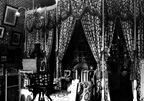 Imperial Bedroom
Imperial Bedroom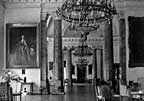 Portrait Hall
Portrait Hall Mauve Room
Mauve Room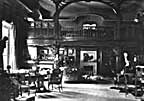 Maple Room
Maple Room Aleksey's Bedroom
Aleksey's Bedroom Nicholas's Study
Nicholas's Study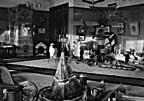 Aleksey's Playroom
Aleksey's Playroom Formal Reception
Formal Reception Balcony View
Balcony View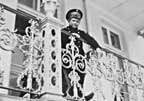 Aleksey- Balcony
Aleksey- Balcony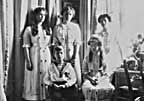 Children-Mauve
Children-Mauve Nicholas's Bathroom
Nicholas's Bathroom Alexandra- Mauve
Alexandra- Mauve Nicholas's Reception
Nicholas's Reception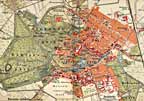 Tsarskoe Selo Map
Tsarskoe Selo Map